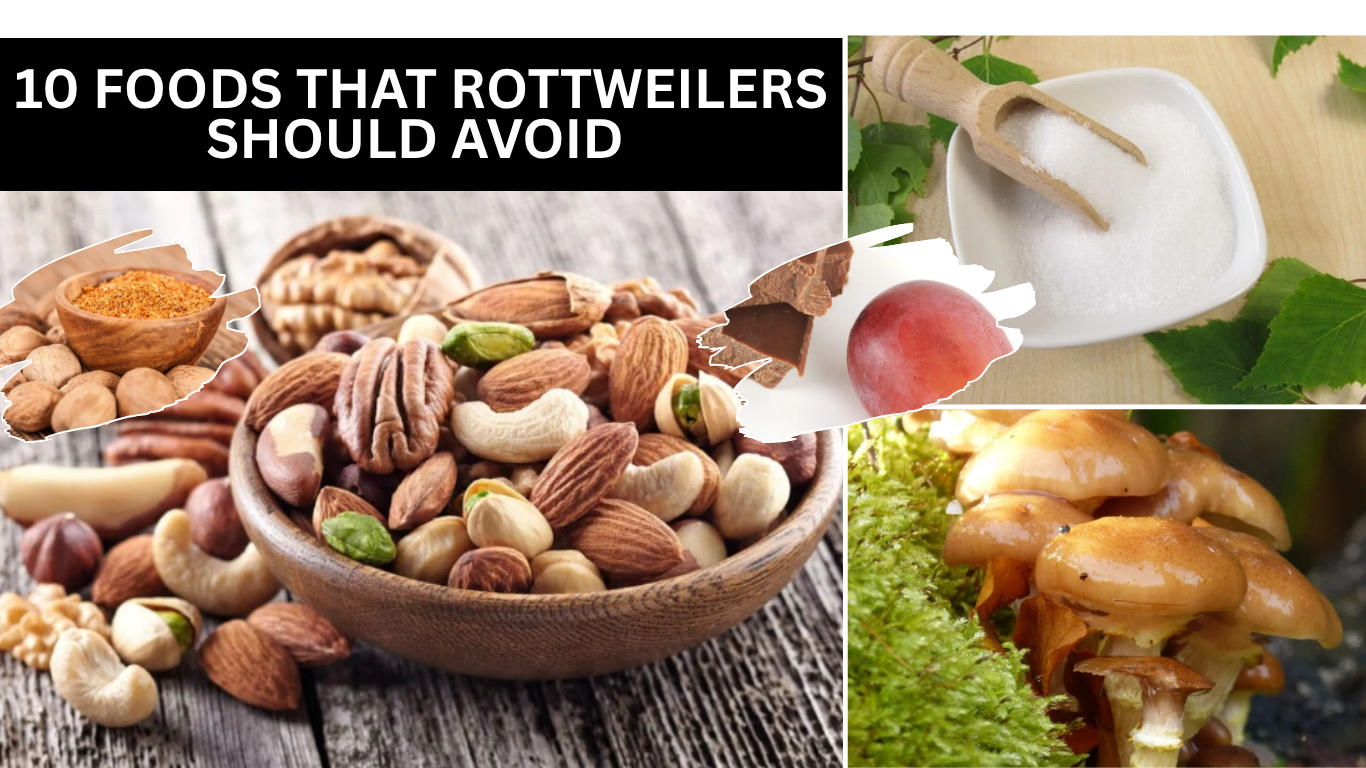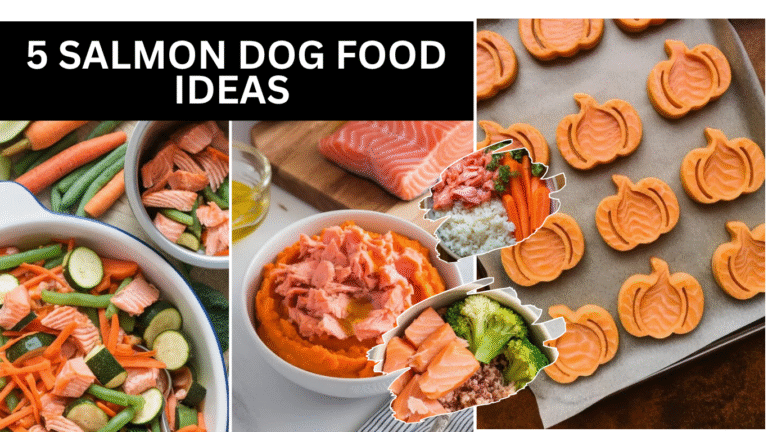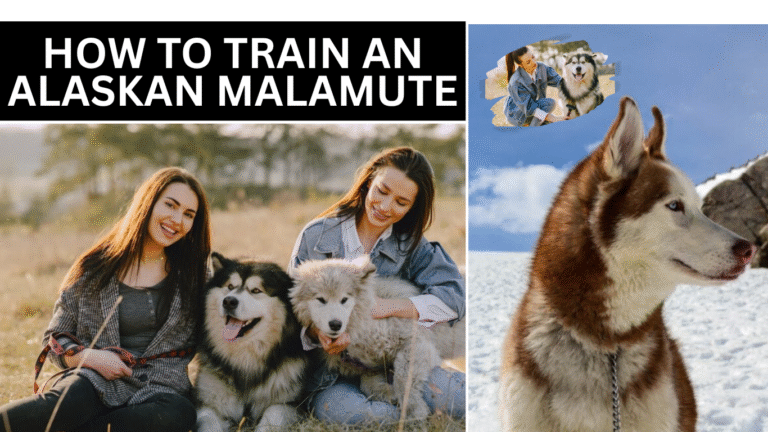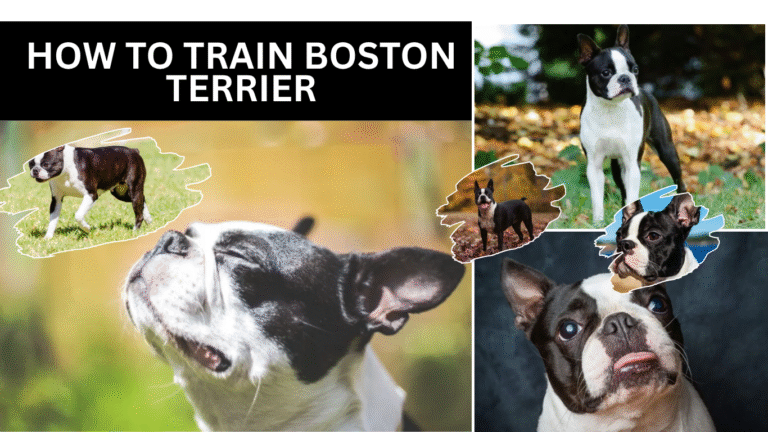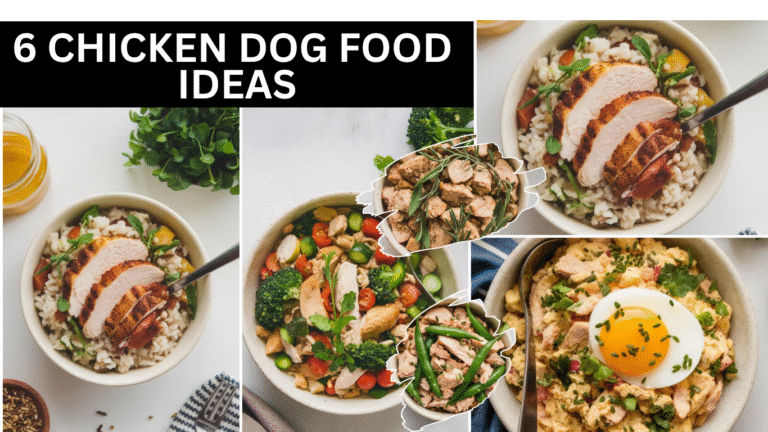10 Foods That Rottweilers Should Avoid
Rottweilers have big bodies and strong personalities, and that means their diet has a huge impact on how they feel and behave. Even though they look tough, they can be surprisingly sensitive to certain foods. Many things we keep in our kitchens—things that seem harmless—can actually put their health at risk. Knowing which foods to avoid plays a major role in protecting their overall wellbeing.
Over the years, I’ve met countless Rottweilers who developed digestive issues, low energy, or sudden health problems simply because they were given something unsafe to eat. Most owners never intend to harm their dogs, but accidents happen easily. That’s why understanding these dangerous foods is so important, especially for a large breed that depends on consistent, proper nutrition.
1. Raw Potatoes
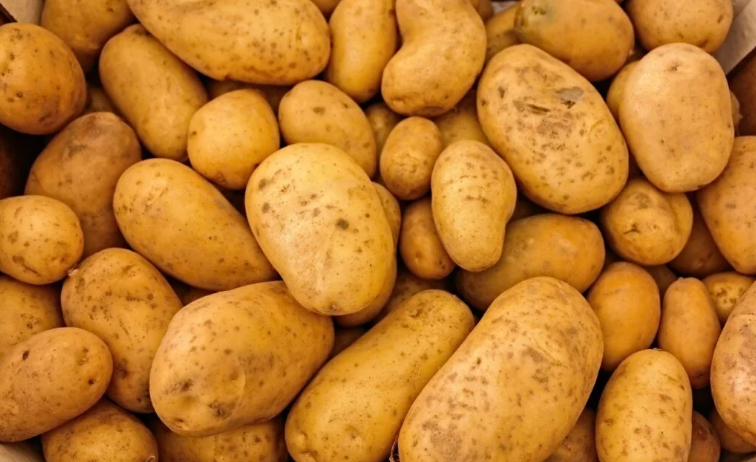
Raw potatoes contain a natural toxin that a dog’s body struggles to handle. When a Rottweiler eats them—especially if they’re green or sprouted—they can quickly develop symptoms like stomach upset, vomiting, or weakness. Even the skins and leaves from the potato plant are risky. Cooking removes most of the danger, but raw potatoes should never be part of your dog’s diet.
Cooked potatoes are much safer, but they still need to be fully cooked and free from green patches. I always advise owners to double-check before giving even small amounts to their dogs.
2. Tomatoes
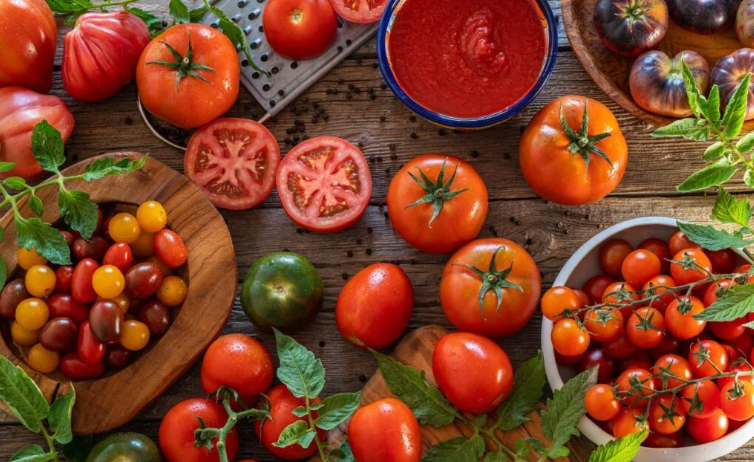
Unripe tomatoes and parts of the tomato plant contain compounds that can irritate your dog’s digestive system and cause unusual behavior. While a fully ripe tomato is less concerning, the stems, leaves, and green tomatoes carry a much higher risk. It’s always best to keep your Rottweiler away from tomato plants altogether.
These green plant parts are especially dangerous because the toxin concentration is highest in those sections.
3. Wild Mushrooms
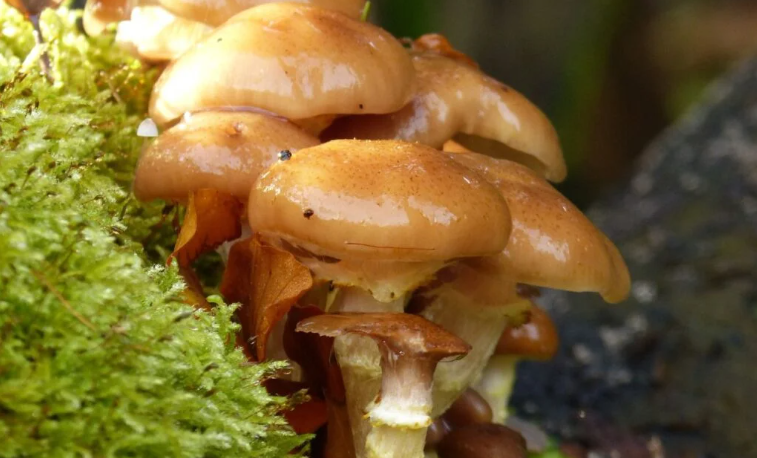
Wild mushrooms are unpredictable, and many contain toxins that affect a dog’s liver, stomach, or neurological system. A dog may accidentally eat one while exploring outside, and the reaction can be severe. Some mushroom varieties can even be fatal, making them one of the more urgent dangers to watch for.
If your dog eats any wild mushroom outdoors, it’s safest to get veterinary care immediately because mushroom toxicity can worsen quickly.
4. Nutmeg

Nutmeg contains a compound that can trigger strong reactions in dogs. If a Rottweiler ingests nutmeg or foods seasoned with it, they may become disoriented, anxious, or physically unstable. These effects can last more than a day, making nutmeg something you never want your dog to get into.
Always check ingredient lists on baked goods or treats before sharing them, since nutmeg often appears in fall and holiday recipes.
5. Salt

Too much salt can overwhelm a dog’s system and cause severe dehydration or dangerous shifts in body functions. Dogs that ingest large amounts may become extremely thirsty, shaky, or physically distressed. Rottweilers are especially affected because of their size and how quickly salt can disrupt their balance.
Human foods often contain more salt than we realize—soups, snacks, canned foods, and processed items are common examples—so double-check before offering any to your dog.
6. Raw Meat and Fish
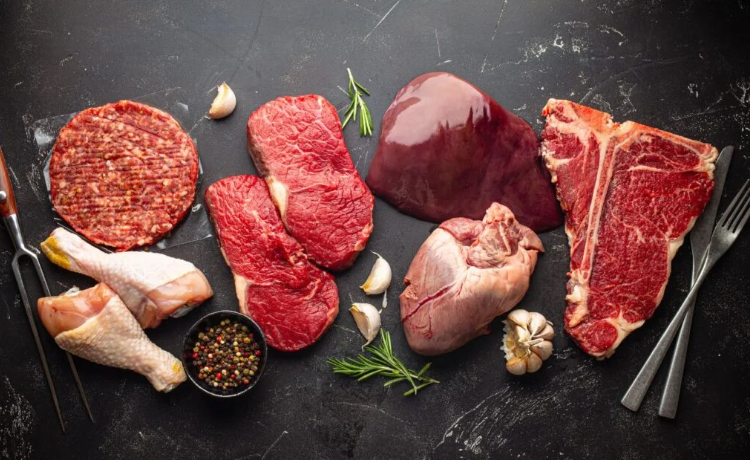
Raw meat and raw fish may contain bacteria or parasites that can cause infections or digestive problems. Some fish can carry parasites that are deadly if not caught in time. While raw feeding has become popular, the risks are significant, especially for a large breed with a sensitive digestive system.
Cooking meat or fish thoroughly and removing bones makes them far safer and easier for your dog to digest.
7. Nuts
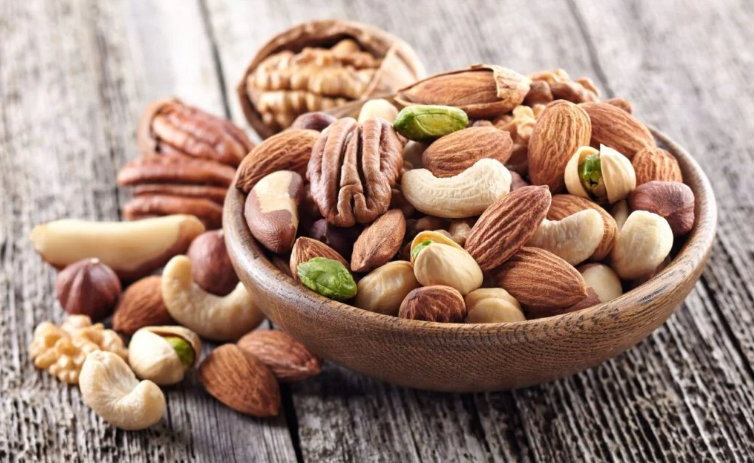
Certain nuts, like macadamia nuts, can cause poisoning in dogs even in tiny amounts. Other nuts have high fat content or may contain mold, which can lead to stomach issues or more serious reactions. Even if a nut isn’t toxic, it can still be a choking hazard or cause intestinal blockage.
Because of these risks, I always recommend keeping all nuts out of your Rottweiler’s diet.
8. Fat Trimmings and Bones
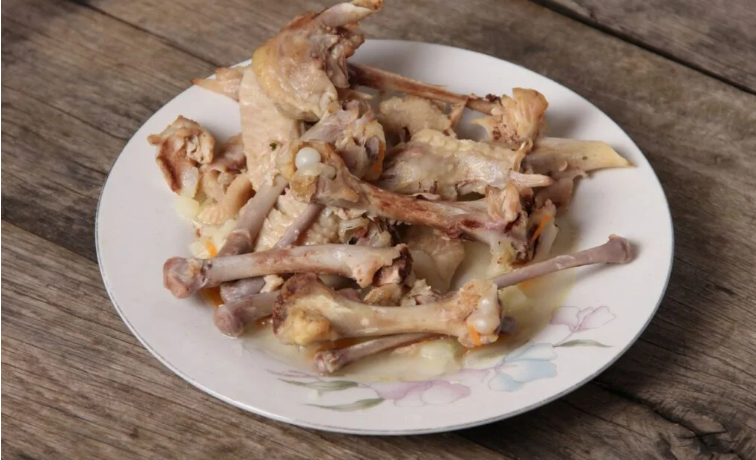
Fatty scraps from your meal may seem like a little treat, but they can easily trigger pancreatitis, a painful and sometimes serious condition. Cooked bones are even more dangerous because they can break apart and injure your dog’s digestive tract.
If you choose to offer bones, raw bones are safer, but supervision is still essential. Always watch your dog closely when they chew on anything like this.
9. Xylitol

Xylitol is one of the most dangerous ingredients a dog can consume. Even a small amount can cause their blood sugar to drop dangerously low or lead to liver complications. Symptoms often appear quickly, which means fast action is crucial.
Since xylitol is hidden in sugar-free products, gum, cookies, peanut butter, and more, always check ingredient labels carefully.
10. Chocolate and Grapes

Chocolate contains compounds that dogs cannot process, and darker chocolate carries even higher levels. Grapes and raisins are equally concerning because they can cause sudden kidney issues even in small amounts. These are two food categories I tell owners to completely eliminate from their dog’s environment.
If your Rottweiler eats chocolate, grapes, or raisins, symptoms like vomiting or unusual tiredness may follow, and immediate veterinary help is necessary.
Recommended Foods for Rottweilers
Rottweilers thrive on diets rich in real meat, healthy fats, and essential nutrients. Foods that list high-quality proteins as the first ingredient are ideal for supporting their muscle structure and overall health. Many owners also add safe vegetables and fruits for extra nutrition. Large-breed formulas often include additional support for joints, which is especially important for such a powerful and active breed.
Conclusion of Foods That Rottweilers Should Avoid
Feeding your Rottweiler the right way is one of the most important parts of caring for them. Avoiding harmful foods and sticking to safe, nutritious options helps them stay strong, energetic, and happy. When you’re ever unsure about a particular food, checking with your vet is always the best decision. Your dog’s health and safety should always come first.

